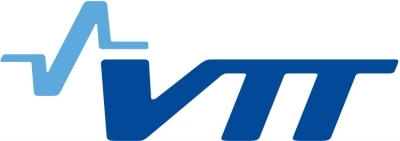Resource efficiency and new product opportunities for the forest sector and fibre based products
Can existing paper and board machines be turned to make over 15% lighter products from less valuable raw materials? Can you use less refined pulps with excellent formation and reduce energy and chemical consumption? Can you simultaneously provide new product launches? This may sound like a dream but latest R&D results show that this may become a reality through introduction of the foam forming technology.
In foam forming, a large amount of air is added to fibre suspension. This prevents fibre flocculation, enhances dewatering, enables production of light weight structures and opens up a way to utilize traditionally challenging raw materials from nanoparticles to long fibres. The first pilot scale facility, which offers a way for companies to test their concepts in realistic process conditions, was launched last year and the development race towards the next generation biobased fibre products has already begun.
Foam forming offers a sustainable alternative for companies to improve their current competitiveness through an agile process, which makes the adaptation to market changes easier in the future. This webinar will reveal how foam forming leads to a new manufacturing platform for fiber based products.
Presented by

Erkki Hellén, D. Sc (Tech),
Research Team Leader, Fibre product manufacturing technologies
Dr. Hellén’s areas of special expertise are applications of micro- and nanofibrillated celluloses in paper and board making and resource-efficient fiber production technologies, especially the foam forming technology. He has a long experience on research and technology transfer projects and wide industrial networks.

Harri Kiiskinen, Lic.Sc (Tech),
Principal Scientist, Fibre product manufacturing technologies
Mr Kiiskinen's areas of expertise include paper structure and papermaking unit operations especially forming and drying. Main focus in current research is to develop resource efficient production technologies (e.g. foam forming technology) and also broaden of fiber usage to other applications than paper and board.

Download Slides
Please login to download the slides
Key Learning Objectives
- Hear why foam forming leads in a leap in papermaking resource-efficiency through light weighting
- Learn how it improves the competitiveness of current products
- Get a feeling on requirements to turn existing machines to foam forming
- See demonstrations of new product opportunities such as technical textiles and sound absorption materials etc.
Audience
- R&D Managers/Director
- Business Development Managers/Directors
- Innovation Managers/Directors
- Strategy Managers/Directors
- Heads of Market Operations
- Heads of Packaging
- Operation Managers
- Sales
- CTOs





